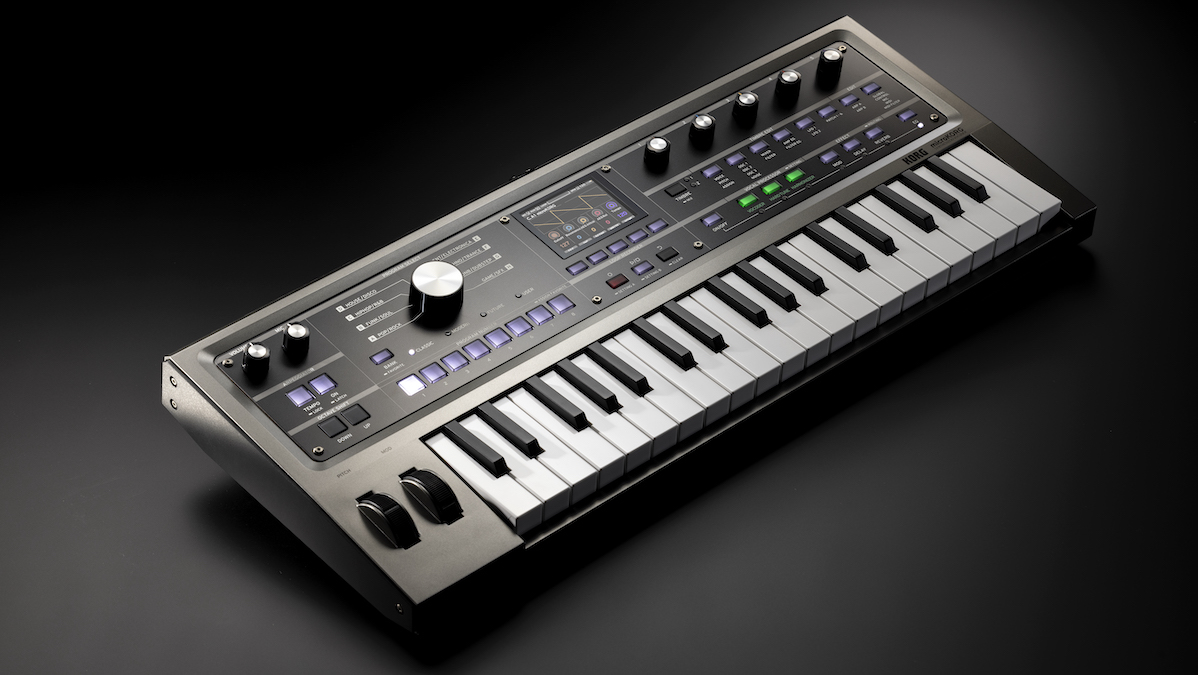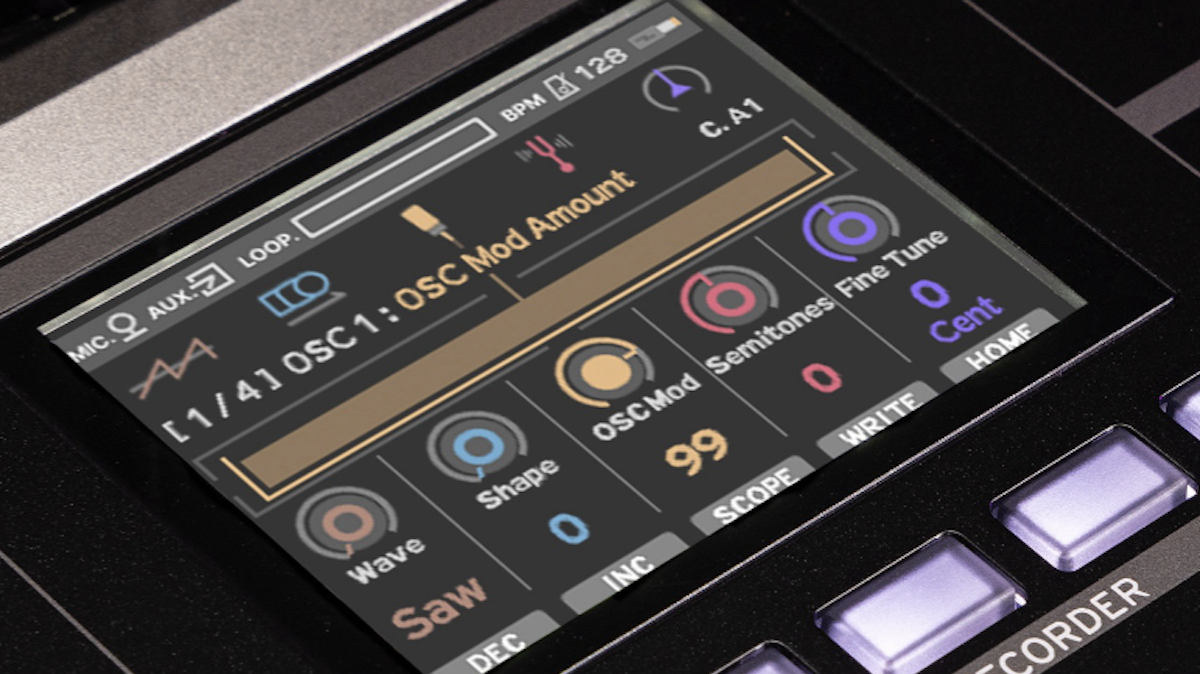If you own a Korg microKorg 2, you're not going to want to miss this firmware update
The Loop Recorder has been beefed up with slicing and step recording, and you can now utilize custom-built oscillators and effects via the Logue SDK platform

Announced last year, Korg's microKorg 2 is the successor to one of the best-selling synths in music tech history, an enduringly influential instrument that made synthesis affordable, accessible and fun for a generation of music-makers.
That's a lot to live up to, so it's unsurprising that microKorg 2 has prompted somewhat mixed reactions from users. 2025's budget synth market is significantly more crowded than the one that the original microKorg entered, and though its follow-up is undoubtedly a significant improvement, microKorg 2 faces stiff competition from the abundance of small-but-mighty rivals that have surfaced over the past two decades.

Korg opens "a new chapter in synth history" with the microKorg 2
This week, Korg has given the microKorg 2 a serious leg-up on that competition with a major firmware update. Beefing up its Loop Recorder with new capabilities and adding a keyboard split function, the 2.0 update also brings compatibility with Korg's Logue SDK platform. Logue SDK is an open-source development environment, introduced with the Minilogue XD, that allows users to augment their instruments with custom-built digital oscillators and effects, essentially placing third-party plugins in your hardware.
Korg has partnered up with Ukrainian developer Sinevibes to make 15 plugins available to microKorg 2 owners, including the company's Abledo granular reverb, Corrosion distortion, and Rerun, a glitchy repeater effect. Two new titles are available for free download: the Atom multimode filter and Drift, a stereo panner and "wind turbulence modeller" that simulates the movements of natural phenomena such as wind gusts and boiling water via physical modelling.
microKorg 2's Loop Recorder has also been upgraded with three new features that make it far more versatile. You can now import loops to microKorg 2 to use in your performances or export loops as 16-bit/48kHz WAV files to your Mac or PC, all via Korg's Sound Librarian application.
The synth's new Slice Playback feature automatically slices loops and maps each slice across the keyboard. Combined with the arpeggiator, this can be used to create evolving patterns of chopped-up audio – you're even able to reverse sample playback with the mod wheel, which is a fun little twist.
Thirdly, an intriguing new Step Recording function makes it possible to record loops of up to 8 bars in length step-by-step, sequencing individual chunks of audio recorded consecutively. Effectively giving microKorg users an audio-based step sequencer, this should satisfy those that bemoaned the synth's lack of sequencing abilities on launch.
Want all the hottest music and gear news, reviews, deals, features and more, direct to your inbox? Sign up here.
That's not all: microKorg 2's third oscillator can now be repurposed as an LFO and assigned to any destination in the modulation matrix. This opens up a ton of new modulation possibilities, as you're now able to use any complex waveshape available for Osc 3 as a modulator or experiment with audio-rate AM and FM modulation.
All in all, this is a massive update that makes microKorg 2 a far more powerful and versatile instrument, with the potential to expand its capabilities even further as new plugins are developed by the Logue SDK community.

I'm MusicRadar's Tech Editor, working across everything from product news and gear-focused features to artist interviews and tech tutorials. I love electronic music and I'm perpetually fascinated by the tools we use to make it.
You must confirm your public display name before commenting
Please logout and then login again, you will then be prompted to enter your display name.
